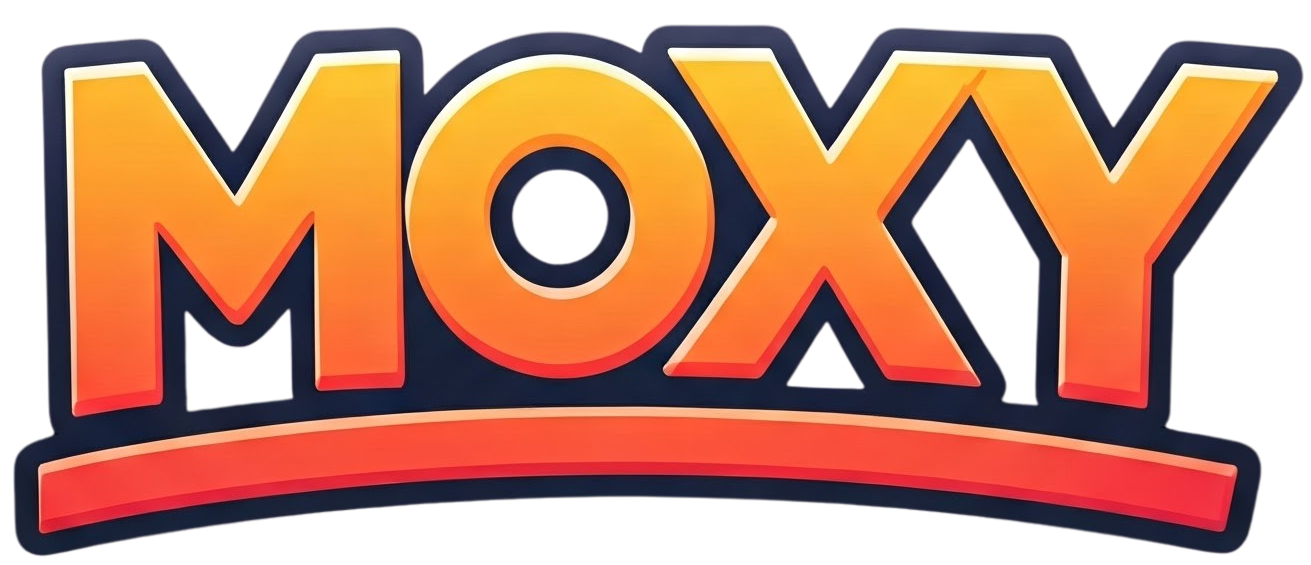Puzzle games are fun and engaging, but when it comes to “Connections,” the challenge intensifies as players strive to group words based on hidden relationships. If you’re looking to sharpen your skills, this in-depth guide will provide the perfect “connections hint today” to help you conquer even the most perplexing puzzles.
What Is the “Connections” Puzzle Game?
The “Connections” puzzle game is a word-association challenge where players must identify and group 16 words into four groups of four, based on shared themes or categories. The twist? Some words might belong to multiple groups, making it tricky to find the correct connections.
Why Is It So Addictive?
The game’s simplicity in design paired with its complexity in problem-solving makes it a favorite among word enthusiasts. It encourages players to think outside the box, testing their knowledge, creativity, and logical reasoning.
Basic Rules of Connections
- Objective: Group 16 words into four sets of four.
- Approach: Identify shared themes or categories between words.
- Challenge: Some words may seem to fit multiple categories, creating potential pitfalls.
With these basics in mind, let’s dive into today’s hints.
Connections Hint Today: How to Approach the Puzzle
1. Start with the Obvious
Scan the grid for words that clearly fit into a common group. For example, if you spot “red,” “blue,” “yellow,” and “green,” it’s likely a category for colors.
2. Look for Unique Words
Unique or less common words can often point you toward niche categories. For instance, a word like “sphinx” might indicate mythology, riddles, or Egypt-related connections.
3. Eliminate the Easy Groups
Once you’ve identified one category, group those words together to narrow down the remaining options. This reduces the complexity of the grid.
Strategies for Success
Focus on Overlaps
When a word could belong to multiple categories, consider all possibilities. For example, the word “orange” might belong to colors, fruits, or even sports teams.
Think Laterally
Lateral thinking is essential in “Connections.” Words might share connections based on idiomatic phrases or conceptual links rather than literal meanings.
Use Contextual Clues
Context often plays a vital role. For example, the word “ring” could relate to jewelry, boxing, or sound, depending on the surrounding words.
Common Categories in “Connections”
Colors and Shades
Colors are a frequent theme. Words like “indigo,” “turquoise,” and “violet” might group together seamlessly.
Professions
If you spot words like “teacher,” “doctor,” “lawyer,” and “engineer,” they likely belong to a category of jobs.
Pop Culture
Names or terms related to movies, music, or TV shows often make for an engaging puzzle category.
Geography
Countries, cities, or landmarks might group into geographical themes.
Animals
Look for words like “lion,” “bear,” “eagle,” or “shark” to identify an animal-related category.
Connections Hint Today: Examples of Tricky Scenarios
Words with Multiple Meanings
Some words are intentionally ambiguous to test your logic. For example:
- Bat: Could refer to an animal or sports equipment.
- Seal: Could mean an aquatic animal or a stamp.
Hidden Patterns
Sometimes, words might form a category that isn’t immediately obvious, like rhymes (e.g., “cat,” “hat,” “bat,” “mat”) or letters (e.g., “A,” “B,” “C,” “D”).
Advanced Tips for Mastering “Connections”
1. Group by Process of Elimination
If you’re stuck, consider removing words already grouped and focus on the remaining ones.
2. Test Your Hypotheses
Don’t hesitate to try groupings even if you’re unsure. The game often provides feedback, allowing you to refine your approach.
3. Keep Track of Themes You’ve Encountered
Over time, you’ll notice recurring themes in puzzles. Familiarity with these can give you an edge.
The Joy of Solving “Connections”
There’s an undeniable satisfaction in cracking a puzzle. Each solved category reinforces your problem-solving abilities while offering a burst of joy. It’s this mix of challenge and reward that keeps players coming back for more.
How to Stay Motivated
Like any skill, mastering “Connections” takes practice. Celebrate small victories, and don’t be discouraged by setbacks. Remember, even seasoned players need a good “connections hint today” to solve the trickiest puzzles.
Conclusion
The “Connections” puzzle game is a test of wit, creativity, and knowledge. With the right strategies and the perfect “connections hint today,” you can master even the toughest challenges. By honing your observation skills, thinking laterally, and practicing regularly, you’ll become a puzzle-solving pro in no time.
FAQs
1. What makes “Connections” puzzles so challenging?
The ambiguity of certain words and the need for lateral thinking make these puzzles tricky yet rewarding.
2. How often should I play to improve?
Daily practice helps improve pattern recognition and logical thinking.
3. Can “Connections” puzzles be played with friends?
Absolutely! Collaborating with friends adds a fun and competitive twist to the game.
4. Are there digital tools to help solve puzzles?
While tools exist, solving the puzzles manually enhances critical thinking skills.
5. Where can I find more puzzles like “Connections”?
Check out puzzle books, dedicated apps, or online platforms for daily challenges.




One thought on “Connections Hint Today: Mastering the Art of Puzzle Solving”